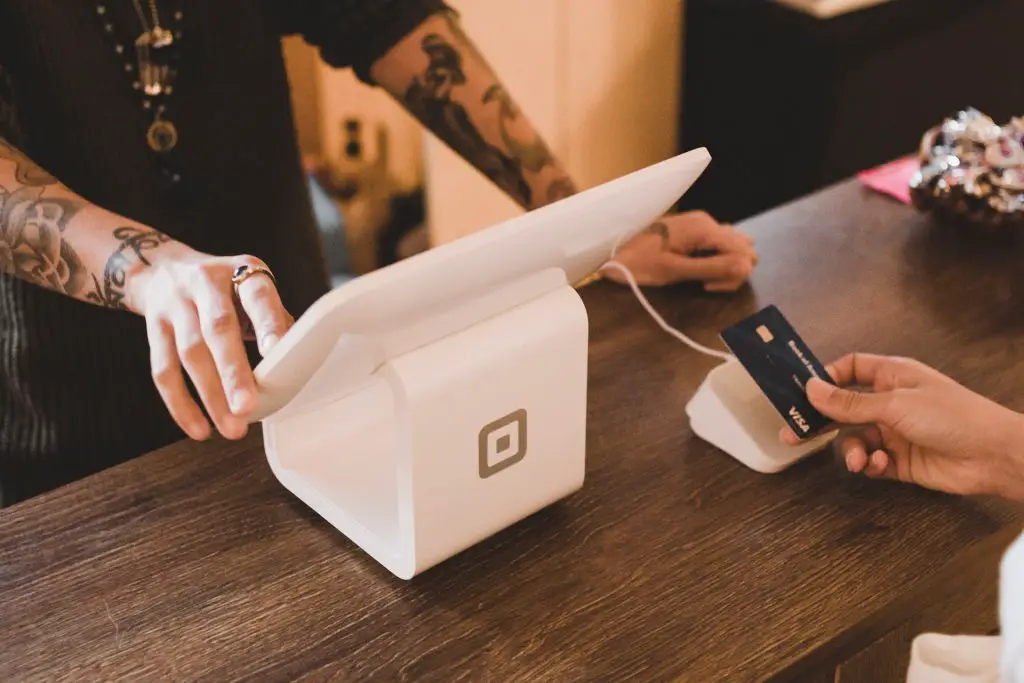Tink, a company that started as a consumer app in 2012, has evolved significantly over the years. Originally helping customers keep track of their personal finances, Tink has since pivoted to a business model focused entirely on B2B (business-to-business) services, particularly catering to banks.
History of Tink
Tink, a pioneering fintech company, was founded in Stockholm, Sweden. Its innovative, API-based approach quickly gained acclaim for enhancing customer experiences, streamlining payments, and increasing financial transparency. Tink’s technology allowed users to access aggregated financial data, utilize smart finance tools, and create personal finance management solutions, positioning it as an early leader in the Open Banking movement.
The company’s rapid growth was evidenced by its successful Series A, B, and C funding rounds, which collectively raised over $28 million. This financial backing helped Tink cement its status as one of Europe’s leading Open Banking platforms. By this stage, Tink had expanded its operations significantly, employing 400 staff, serving 18 markets, covering over 3,400 banks, and reaching more than 250 million customers.
In a strategic move to democratize API usage, Tink launched a platform for developers, empowering them to create next-generation products for customers. This period marked significant development, with Tink raising $56 million in its Series D funding round and forging key partnerships with major financial institutions and fintech companies, including NatWest, SDC, and PayPal.
Additionally, Tink expanded its operations in Italy, Portugal, and Spain, further consolidating its position in Europe.
Despite challenges posed by the COVID-19 pandemic, Tink maintained its growth momentum in 2020, securing an additional $213 million through venture capital funding and announcing partnerships with notable entities like BNP Paribas and Enel X.
A landmark event in Tink’s history occurred in 2021, when it was acquired by Visa for $2.15 billion. This acquisition marked a significant milestone, combining Visa’s extensive network with Tink’s Open Banking capabilities, thereby enhancing value for consumers and businesses across Europe.
Tink’s co-founder and CEO, Daniel Kjellén, highlighted the partnership with Visa as a crucial step in accelerating Tink’s growth and expanding its reach.
This journey from a Stockholm-based startup to becoming a key player in the European Open Banking landscape, culminating in its acquisition by a global payments leader, underscores Tink’s remarkable evolution and influence in the fintech sector.
Tink Business Model
Tink’s business model has evolved significantly since its inception, transitioning from a consumer-focused approach to a predominantly Business-to-Business (B2B) model. Here’s an overview of the key components of Tink’s business model:
Initial Consumer-Focused Model
Tink began as a personal finance app that allowed consumers to aggregate their financial data from various bank accounts into a single platform.
This early version of Tink provided a user-friendly interface for financial management, making it a pioneer in the open banking space.
Shift to B2B Model
Recognizing the demand in the banking sector for innovative technology solutions, Tink pivoted to a B2B model. This shift involved providing banks, fintechs, and startups with the necessary tools to create their own data-driven financial services.
Tink’s platform offered these entities the ability to access aggregated financial data, initiate payments, verify account ownership, and develop personal finance management tools.
Revenue Streams
Tink’s revenue is primarily generated through its B2B services. It charges financial institutions and developers for access to its technology platform, which includes APIs for various financial services.
The company’s partnerships with major banks and fintech companies across Europe are a significant source of revenue.
Expanding Services and Partnerships
Tink continuously expands its services and partnerships. This includes enhancing its platform’s capabilities and extending its reach to more banks and financial institutions across Europe.
The company’s ability to provide connectivity to thousands of banks and enable the development of pan-European financial services products is a key aspect of its business model.
Innovation and Growth
Tink focuses on innovation to stay ahead in the competitive fintech market. The company invests in developing new features and improving existing ones to meet the changing needs of its clients. This strategy of continuous innovation and expansion has been instrumental in Tink’s growth and success in the fintech sector.
In summary, Tink’s business model revolves around leveraging its technological expertise in open banking to offer B2B solutions. By providing a comprehensive platform for financial data aggregation and management, Tink has established itself as a key enabler in the digital transformation of the banking and financial services industry.
How Does Tink Work?

Tink functions as a platform that enables banks, fintechs, and startups to develop data-driven financial services. It leverages open banking opportunities to provide users with a more personalized and intelligent financial experience.
The core functionalities of Tink include allowing access to aggregated financial data, initiating payments, verifying account ownership, and building personal finance management tools, all through a single API.
The operation of Tink can be broken down into three main steps:
- Customer Permission: When a customer opts to link their bank account to a Tink-enabled company, they are required to give explicit permission. Tink employs Strong Customer Authentication (SCA) to ensure the customer is authorized to access their bank account information.
- Data Retrieval: Once the customer consents, Tink uses Open Banking APIs to extract data from the customer’s bank account. The platform is compatible with a variety of financial data types, including transaction history, account balances, and investment data.
- Data Processing: Finally, Tink cleanses and categorizes the data obtained from a customer’s bank account. This process makes it simpler for businesses to analyze and utilize the information. Additionally, Tink uses machine learning algorithms to enrich the data, providing extra insights such as spending patterns and financial metrics.
Through these steps, Tink facilitates a secure and efficient method for businesses to access and utilize financial data, thereby enhancing the capabilities of financial services in the age of digital banking.
Related // How does Ko-fi Make Money?
Tink Funding, Revenue, and Valuation

Tink, an open banking startup based in Stockholm, Sweden, has seen significant growth in funding and valuation over the years. In its latest fundraising round, Tink raised $103 million (€85 million), bringing its post-money valuation to around $825 million. This funding was earmarked for the expansion of Tink’s open banking network across Europe, linking with 3,400 banks and serving approximately 250 million people. Strategic investors in this round included PayPal Ventures, HMI Capital, Heartcore, ABN AMRO Ventures, Poste Italiane, and Opera Tech Ventures.
Earlier in the same year, Tink completed another major funding round worth €90 million ($105 million), at which point the company was valued at €415 million ($503 million) and had around 2,500 banking partners. Despite the challenges of 2020, Tink experienced significant growth, as stated by Daniel Kjellén, the company’s Co-founder and Chief Executive.
In another investment round, Tink’s valuation rose to $827 million (€680 million), with the round led by Eurazeo and Dawn Capital.
Regarding the revenue, I could not find the specific revenue figures for Tink for the year 2023. However, it’s important to note that Tink’s revenue is likely influenced by its expansion in Europe and strategic partnerships, as well as its integration into Visa’s global network following its acquisition.
Tink’s financial journey reflects its successful positioning in the open banking sector and its significant impact on the European financial technology landscape.
